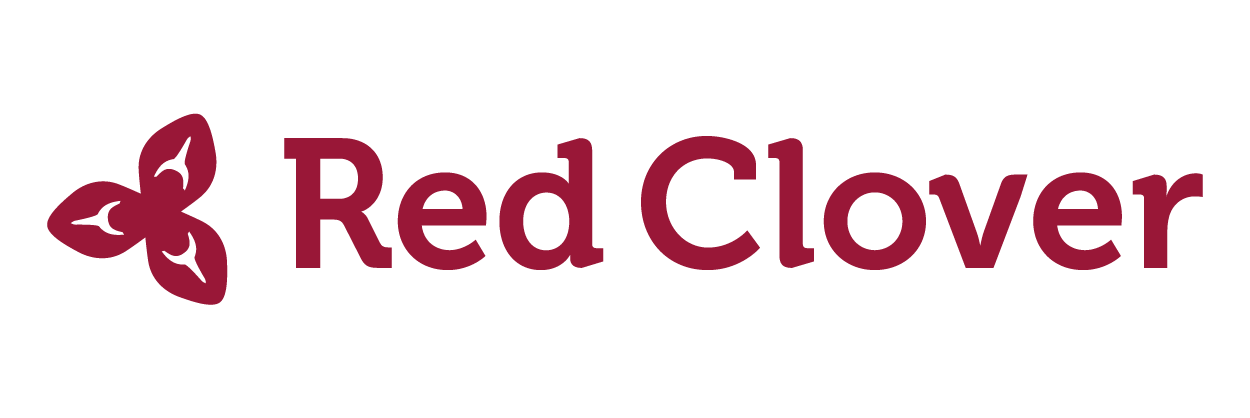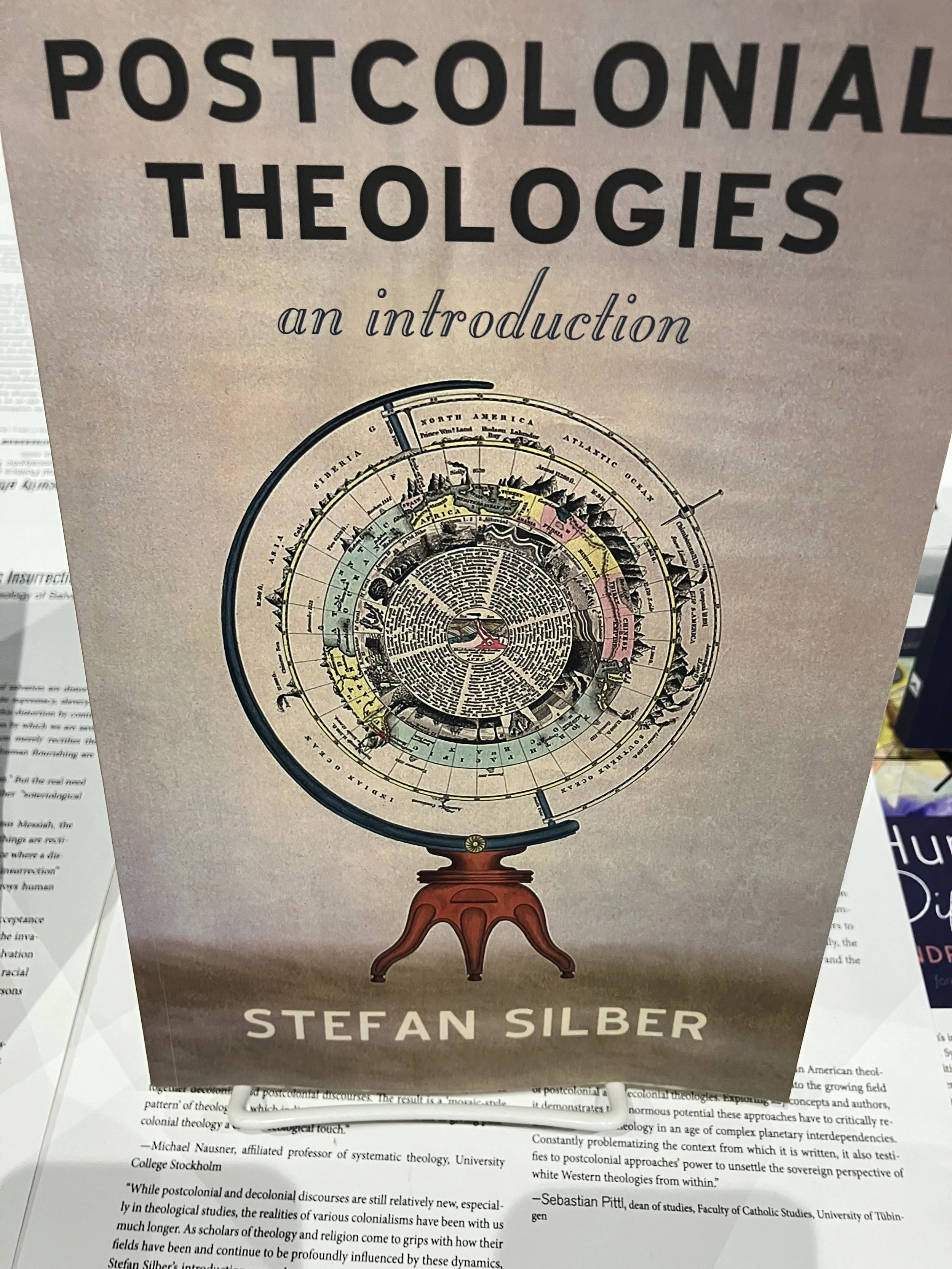When non-Indigeneous individuals and communities commit to the journey toward right, just, and whole relationships with Indigenous Peoples, a common question is: How do we begin? Where can we look for direction on how to do the work of reconciliation?
The Commissioners of the Truth and Reconciliation Commission offer clear guidance: they ask that the United Nations Declaration on the Rights of Indigenous Peoples (UNDRIP) be used as a framework for engagement with, and advocacy for, Indigenous Peoples.
This resource page provides an introduction to this foundational document, including a summary of what it is and how it can be applied in your local context.
Begin Here: Declaration on the Rights of Indigenous Peoples
What is the UN Declaration on the Rights of Indigenous Peoples?
The United Nations Declaration on the Rights of Indigenous Peoples (UNDRIP), composed of 46 articles, is “the most comprehensive international instrument on the rights of indigenous peoples. It establishes a universal framework of minimum standards for the survival, dignity and well-being of the indigenous peoples of the world and it elaborates on existing human rights standards and fundamental freedoms as they apply to the specific situation of indigenous peoples.” (UN online introduction)
The document was written by Indigenous Peoples from around the globe, united around common struggles, who worked and fought hard for 25 years for the Declaration to be adopted. While it has been written for nation-states, the UN Declaration on the Rights of Indigenous People has applicability on every level of governance, policy making, and community organization.
Adopting the United Nations Declaration on the Rights of Indigenous People as a Framework for Reconciliation
When the Declaration on the Rights of Indigenous Peoples was adopted by the United Nations in 2007, 144 countries voted in favour, 11 abstained from voting, and four countries voted against. Canada belonged to this third group, which also included New Zealand, Australia, and the United States. In 2010, the Canadian government issued a formal declaration of endorsement, the last of the four countries to reverse their vote.
(Learn more about this history here.)
The UN Declaration of the Rights of Indigenous People is significant not only for governments but for all organizations and groups that make decisions about land use, civic engagement, justice and inclusion, social welfare, and many other issues related to responsible citizenship and good neighbourliness.
The 48th Call to Action of the Truth and Reconciliation Commission reads:
We call upon the church parties to the Settlement Agreement, and all other faith groups and interfaith social justice groups in Canada who have not already done so, to formally adopt and comply with the principles, norms, and standards of the United Nations Declaration on the Rights of Indigenous Peoples as a framework for reconciliation.
Murray Sinclair, one of the commissioners of the Truth and Reconciliation, adds that churches should,
1) Come to an understanding of what the Declaration says, and 2) come to an understanding of what it recommends and the implications it has for your community...for Christian organizations particularly one of the key components is respect. For example, when it comes to building churches (or starting activities on a reserve), in the past church entities asked permission from the government of Canada not from the Indigenous communities themselves. That practice changes with UNDRIP, now you need to receive the consent of the community.
Butterflies in Spirit performing for Bill C-262 Rally Vancouver. Photo credit: Brad Leitch
Steps you can take:
Find out how policy recommendations and decisions within your organization are made
Recommend to your organization’s leaders that they consider adopting UNDRIP as a framework for reconciliation
Gather support for the recommendation by providing education/information and hosting discussion time for members of the community
Provide language for a motion that can be made at an upcoming meeting of your organization, once the community is ready for a vote.
A sample motion:
Motion: That [name of organization and its leadership bodies] adopt the UN Declaration on the Rights of Indigenous Peoples as a Framework for Reconciliation for: (1) right relationship between settler peoples with the First Nations, Metís, and Inuit peoples of the lands now called Canada; (2) bolstering our support, in word and deed, of Indigenous peoples’ right to self-determination in matters of culture, governance, spirituality, economy, etc.; (3) bolstering our support, in word and deed, of Indigenous peoples’ unique rights and responsibilities over the lands (and resources) of which they are the original inhabitants.
Kukpi7Judy Wilson calls for Settler solidarity in passing legislation to implement UNDRIP
Reviewing and Revising your Policies and Practices in Alignment with the UN Declaration on the Rights of Indigenous Peoples
Endorsing the Declaration on the Rights of Indigenous Peoples is not the end of the process of reconciliation for your organization — it is part of the beginning.
The government of Canada has outlined next steps it is taking in the implementation of the UN Declaration on the Rights of Indigenous Peoples, which became law in Canada in June 2021. Similarly, provinces have also put action plans into place, such as this one from British Columbia, released March 2022.
Next steps you might consider as an organization:
Add a budget line for reparations
For new initiatives, make it standard practice to review the initiatives’ vision, structures, and processes in light of the Declaration
Commit to educating your board and organizational leaders, annually, on the principles of the Declaration
Use our prayer resource as an invitation to your community to engage the Declaration with their minds, hearts, and imaginations
Invite Red Clover to provide consultation on your particular context and organization. We will use our deep familiarity with the Declaration on the Right of Indigenous Peoples to do an audit of your organization’s policies and practices and facilitate the creation of a plan of action for your group/organization. Get in touch!
Resources
VIDEO: The 48 Articles of the Declaration on the Rights of Indigenous Peoples
Presented by Indigenous Representatives from around the world.
by Melanie Nielsen Emonet
Prayer the UN Declaration on the Rights of Indigenous Peoples
A six-session guide for prayerfully entering the themes of the Declaration. The exercises and prayers provided here are invitations to deeper understanding, to lament, and to seek wisdom and courage in participating in movements of change.
by Healing at the Wounding Place
United Nations Webpage for the Declaration on the Rights of Indigenous Peoples
Provides the full-text of the Declaration in multiple languages, as well as a resource for youth and a historical overview of the Declaration’s adoption.
Department of Economic and Social Affairs, UN
Implementing the Declaration on the Rights of Indigenous Peoples in Canada
In June 2021, the United Nations Declaration on the Rights of Indigenous Peoples Act became law in Canada. This webpage explains the next steps the Canadian government is taking to implement the Declaration.
Department of Justice, Government of Canada
Overview of Canada’s Response to the Declaration on the Rights of Indigenous Peoples
Learn about Canada’s vote against the UN’s adoption the Declaration, and eventual endorsement.
Indigenous Foundations, First Nations Studies Program, UBC
Action Plan for Implementing the Declaration on the Rights of Indigenous Peoples in the province of British Columbia
Read B.C.’s 89-point Action Plan as a way to understand the necessity of implementing the Declaration at every level of government and in our organizations and local communities.
Government of British Columbia
Let’s journey together.
At Red Clover we’re keen to accompany you as you continue to move toward right, just, and whole relationships with Indigenous Peoples.
Red Clover works with churches through our ministry Healing at the Wounding Place, and offers speaking and consulting services to a wide range of groups and organizations.
Fill in the contact form to get in touch with us!
Was this resource helpful?
Support
Consider donating to help us create more resources.














